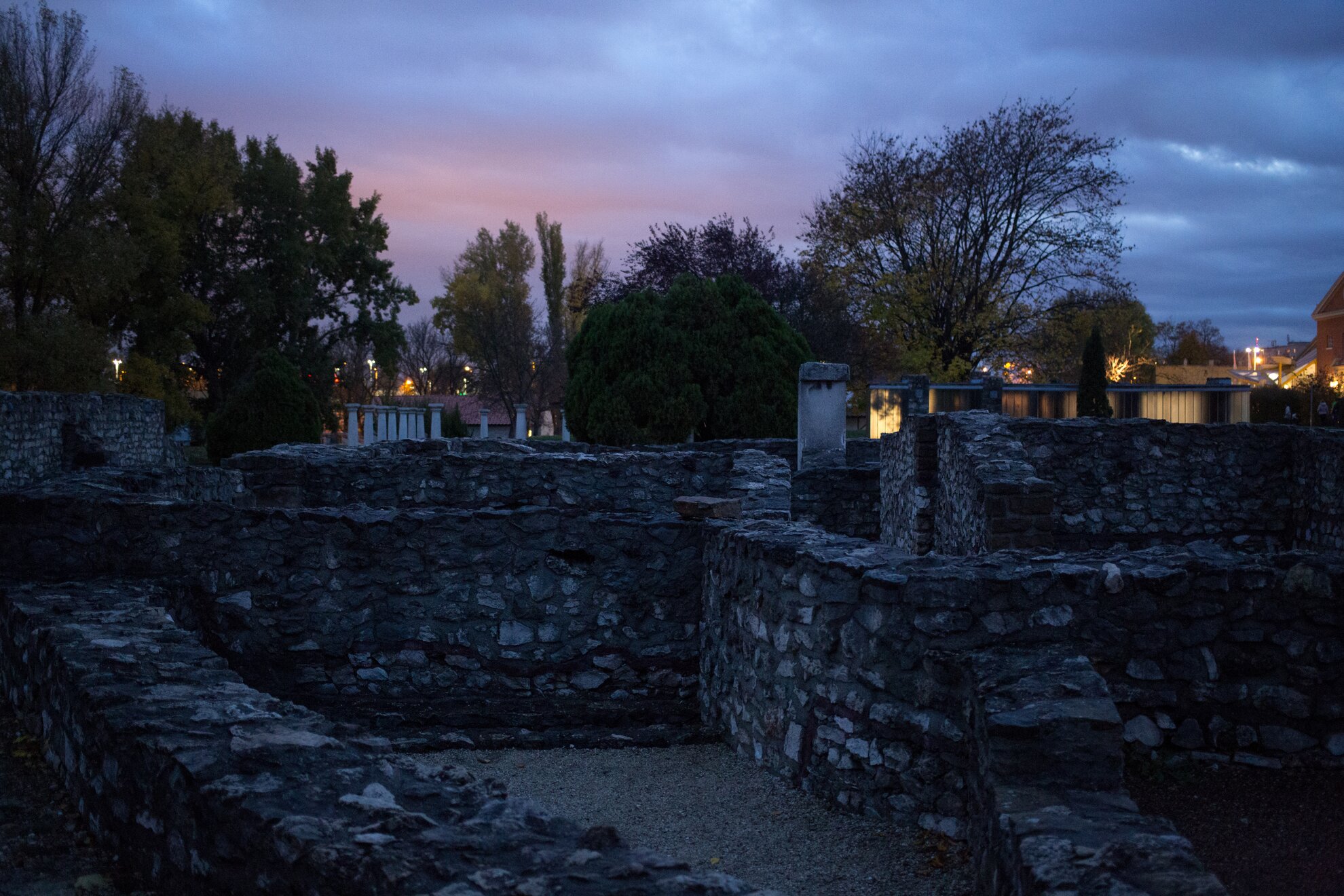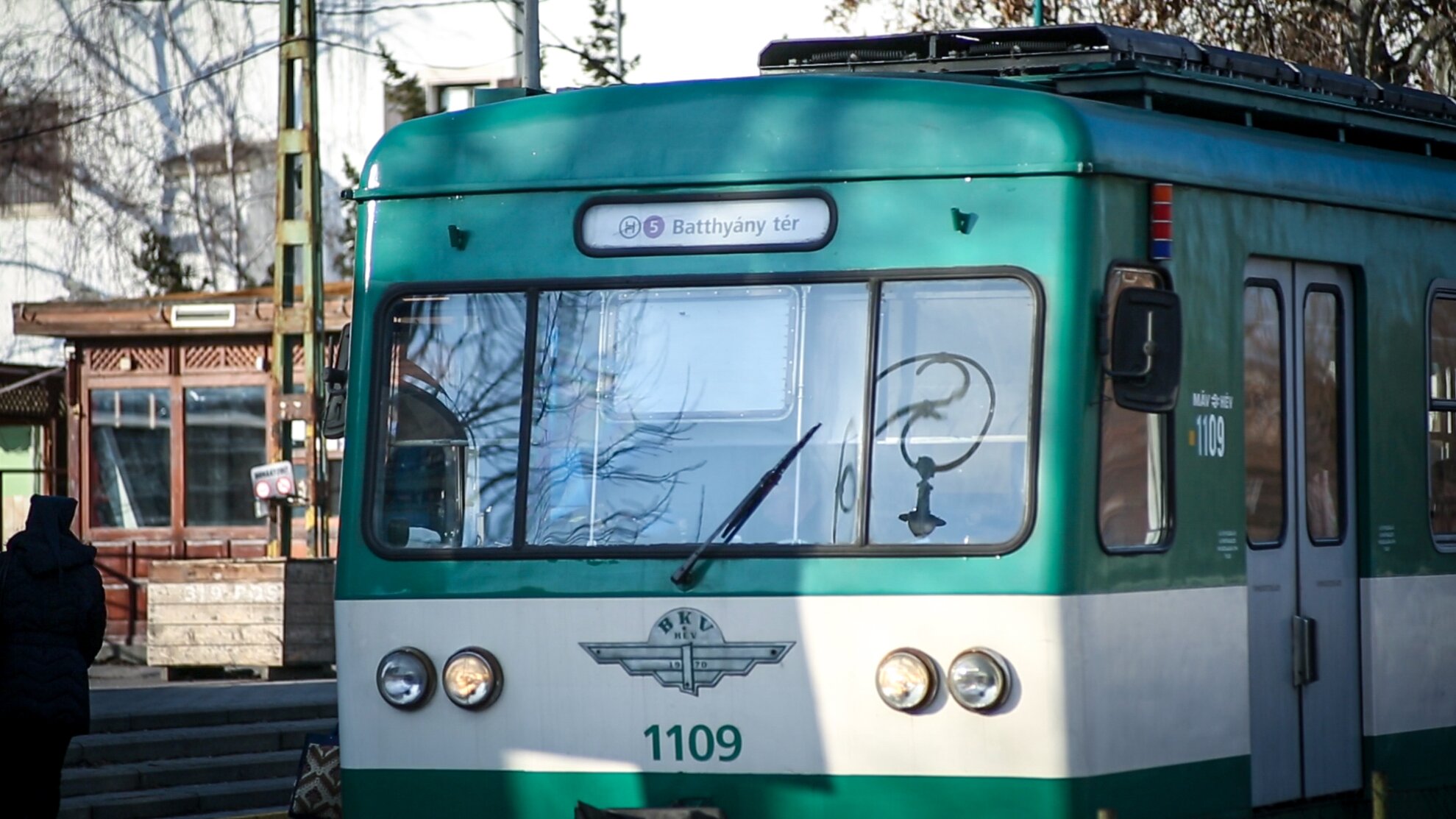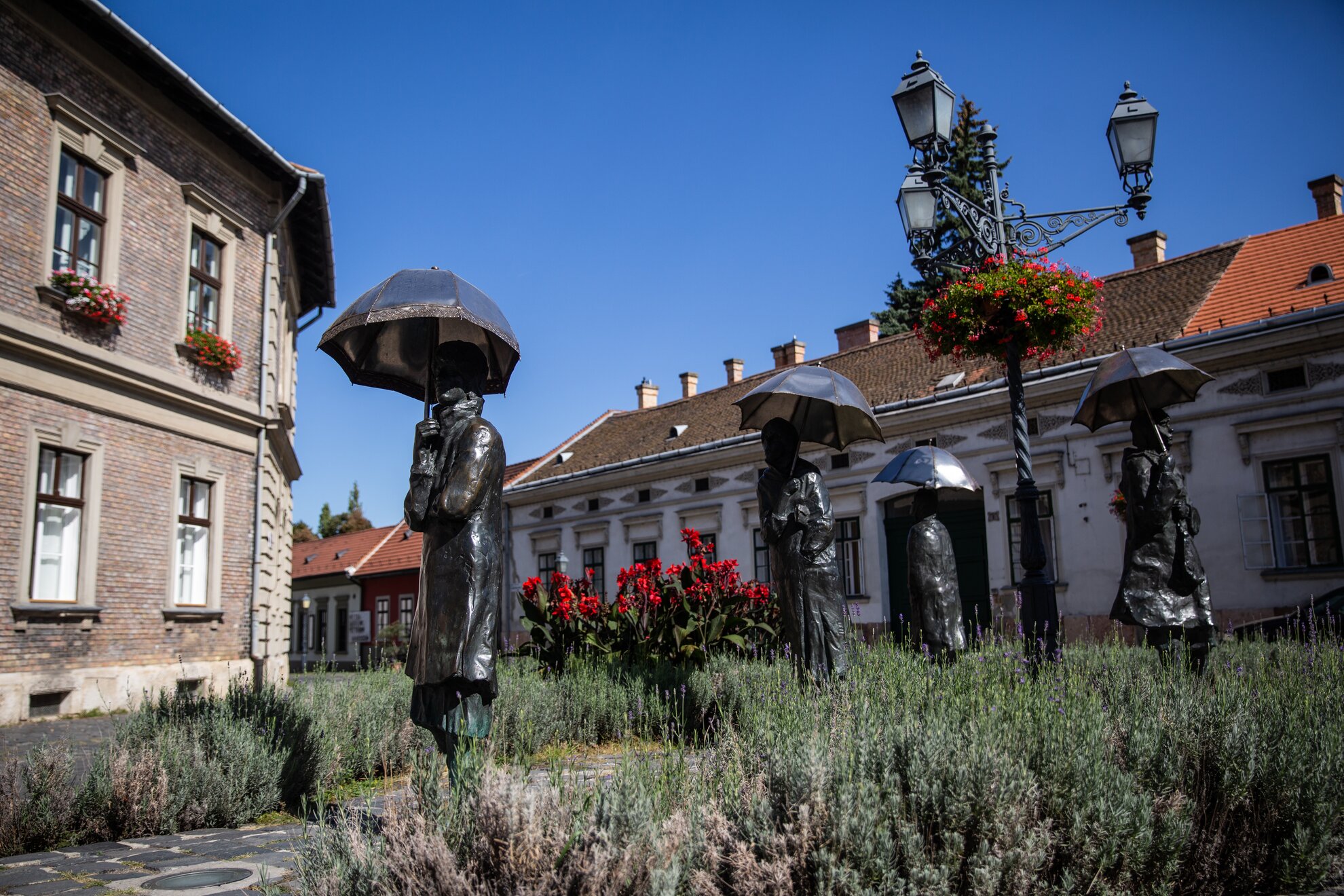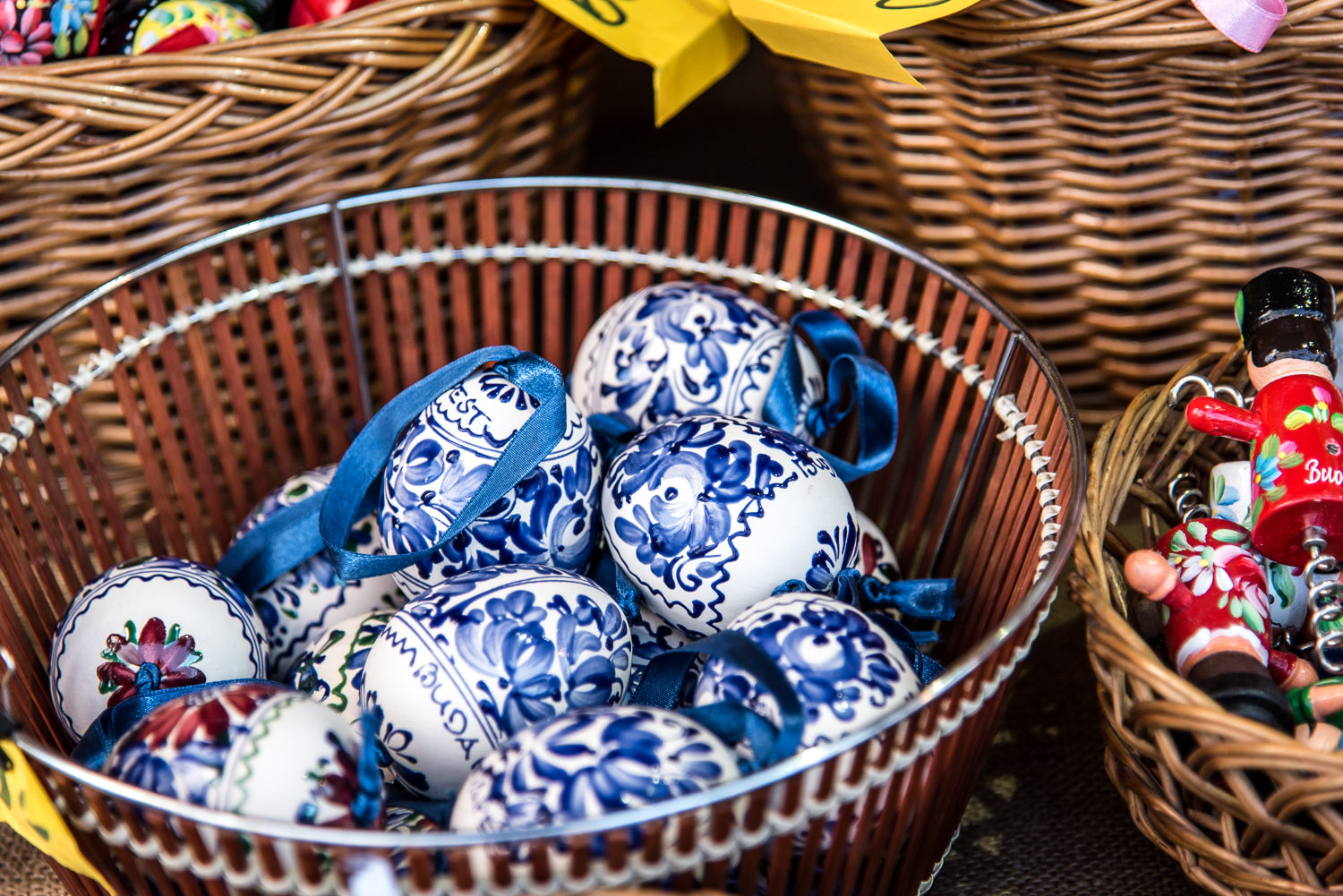Budapest's District III has an especially rich and ancient past, as it marks the spot where the Romans once built their settlement, known as Aquincum. Even before the Romans arrived, the land was settled by the Celtic tribe of the Eravisci. Those first inhabitants called the area Ak-ink, meaning 'abundant water', and it was these same thermal waters which brought on the construction of Aquincum.
Head down busy Szentendrei út and remains can still be seen of 2nd-century aqueducts. Only fragments now survive of these structures, which once stretched an astonishing 5km to supply ancient residents with water.

The nearby Aquincum Museum is set around the excavated ruins of a Roman bathhouse which was discovered in 1778. At the time, a local winegrower was busy digging pits when he unearthed an under-floor heating system popular in antiquity, known as a hypocaust. Further discoveries were made over the ensuing years.
Today, the grounds the can be explored as an open-air museum, while collections inside display all manner of uncovered treasures.


The ancient residents would surely be surprised by the bustling traffic which surrounds their once remote outpost. Take, for example, the recognisable green HÉV trains which run up and down the Danube to nearby Szentendre. These commuter trains are a steadfast hallmark of District III.

Perhaps District III’s greatest claim to fame is Óbudai-Sziget. Every summer, the island is transformed into the internationally acclaimed Sziget Festival, which draws crowds of music lovers from around the world.
In winter, the bridge which marks its entrance is hardly recognisable, waiting for summer again to undergo its metamorphosis.
At the centre of District III are Fő and Szentlélek tér, two cobblestoned squares which blend into one another to form a pedestrianised area full of culture and heritage. It’s here that you find the Vasarely Museum, Kassák Museum and Zichy Castle, as well as statues which give insight into the people who once lived here.
Here stands a statue commemorating the famous Hungarian writer Gyula Krúdy, featuring his alter ego Szindbád sitting at a table, waiting for someone to join him in conversation. Szindbád is joined by other waiting figures close by, in the Girls with Umbrella sculpture by Imre Varga.

A short walk away, at Korona tér, you come to the Museum of Commerce & Catering, a hidden gem and once the home of author and gastronome Krúdy. The historic Kéhli restaurant which he describes in his books is next door – virtually unchanged since the 1800s.
Trek up the steep Kiscelli
utca in Óbuda and you come to the museum of the same name, once a monastery and
church. In 1912 the Viennese furniture merchant Miksa Schmidt transformed the
building into a castle, and today it functions as the Budapest History Museum
and City Gallery.
Surrounding it is a 15-hectare primeval park, once mined for
clay and limestone which has left it in its present state full of wooded knolls
and ravines.
In all seasons, but especially the summer, locals can be found along walking up and down the Danube riverbank, known as the Római embankment. Several riverside bars attract guests to sip boozy refreshments as the water laps gently on the shore, such as Fellini and Nap bácsi.
Away from the traffic and hubbub of downtown, it’s easy to forget you’re still within the city limits of a major metropolis as you watch the evening sun cast a warm glow over the opposite riverbank.
From ancient Roman ruins to riverside bars and charming local squares, District III is a diverse stop on our tour of Budapest.




